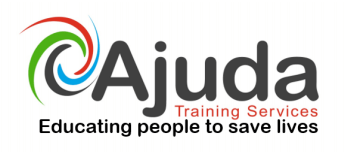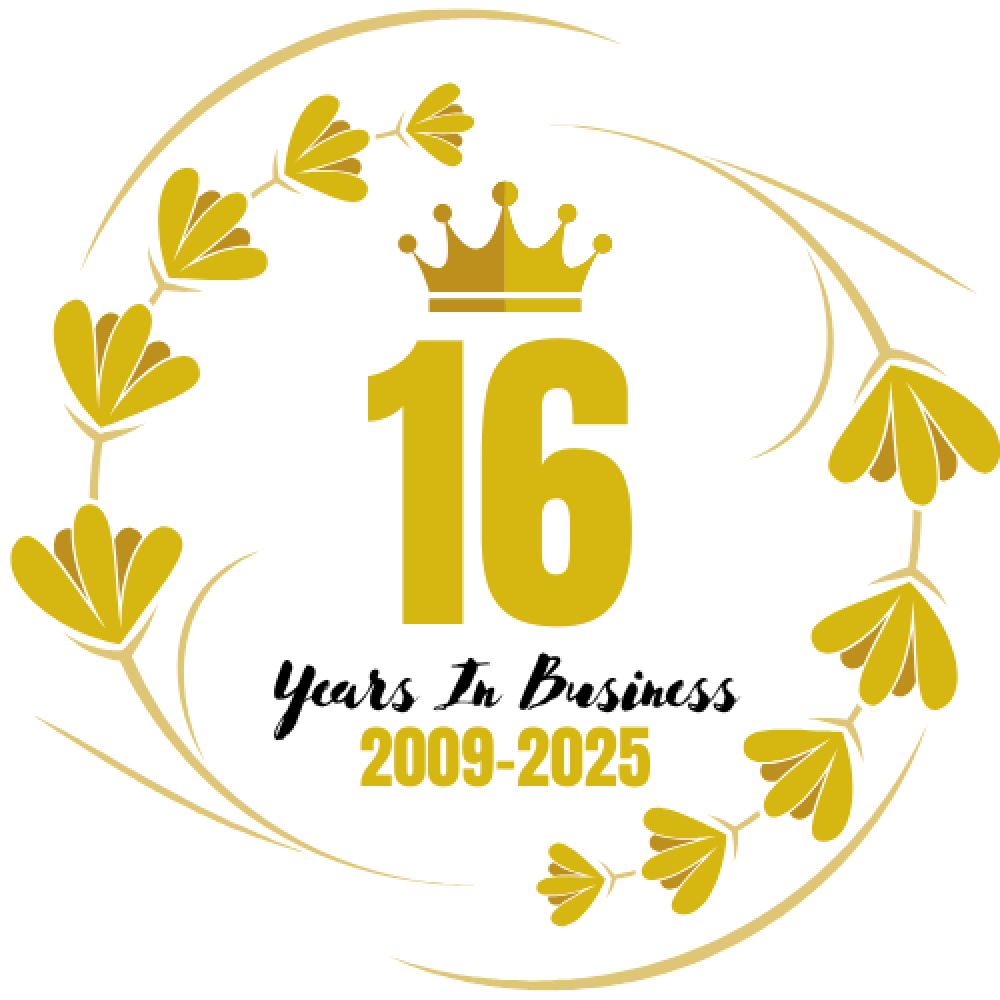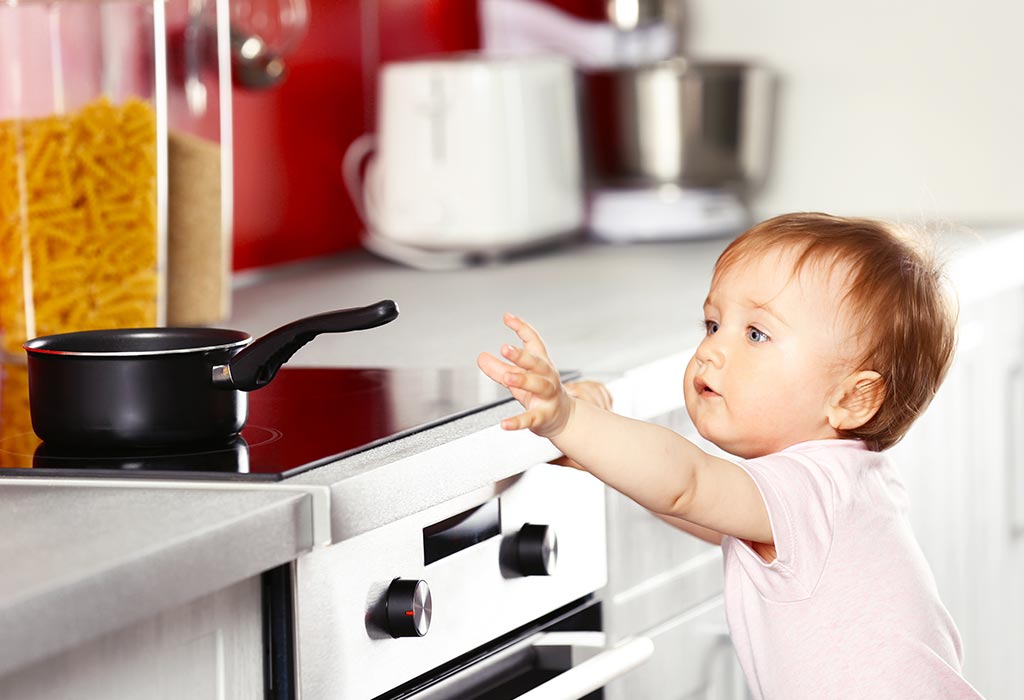As a parent one of your biggest worries and concerns are your children. You want to make sure they are safe at all times, but, unfortunately you can’t keep them in bubble wrap and cotton wool. Accidents do happen, even around the home but as it is Child Safety Week we have some top tips. Hopefully these will help you put your mind at rest just by doing these few things to prevent a burn happening to your children at home.
Cooking
Hot cooker hobs, oven doors, kettles and saucepans are just a few of the dangers in the kitchen. Young children don’t have a reflex to pull away from something that is burning them, it’s something we learn.
Push kettles to the back of the worktop and try to use the back rings on the hob. Better still, keep children out of the kitchen when you’re cooking if you can.
Hot drinks
This is the main cause of scalds for under fives. Your hot drink can scald a baby 15 minutes after it’s been made.
Put your hot drink down well out of reach – don’t rely on young children understanding not to touch.
Put your baby down safely before you pick up your hot drink.
Hair straighteners
They can get as hot as your iron and can still burn 15 minutes after they are switched off.
Keep straighteners out of reach when you’re using them
Put them in a heat-proof pouch or on a high shelf to cool.
Bath water
Baths can cause a serious scald in just 5 seconds.
Put the cold water in first and top up with hot, in case your toddler takes a tumble into the bath.
Internal burns from button batteries
If swallowed, a button battery can burn through a child’s throat and lead to serious internal bleeding and even death.
Keep objects with accessible button batteries well out of young children’s reach.
Store spare batteries somewhere safe and take care when replacing batteries.
Fires and heaters
Babies in cots can trap arms or legs against radiators.
Children can touch or fall into fires, especially if using baby walkers.
Move cots away from radiators.
Fit fireguards around fires and heaters.
Paediatric First Aid
Unfortunately, burns and accidents do happen, in fact, Six toddlers are admitted to hospital every day because they’ve been badly burned. But, we have some first aid tips for you in case you will ever need them.
- Cool the burn
Do this immediately using running cool water for 10 minutes.
- Remove jewellery and loose clothing
Do this gently and carefully, before the area starts to swell. Do not remove anything that is stuck to the burn.
For burns involving chemicals, be careful not to contaminate yourself or other areas of the body.
- Dress the burn
Use a sterile dressing that won’t stick. Cling Film is ideal – discard the first two turns of the film and don’t wrap it tight as the area may continue to swell. Secure with a bandage.
Never:
- Cool the burn using ice
- Burst blisters
- Touch the burn
- Apply creams, ointments or fats
- Apply adhesive dressings
- Remove clothing that has stuck to the burn
If you want to know more or be trained in First Aid then we run regular courses at our Training Academy









